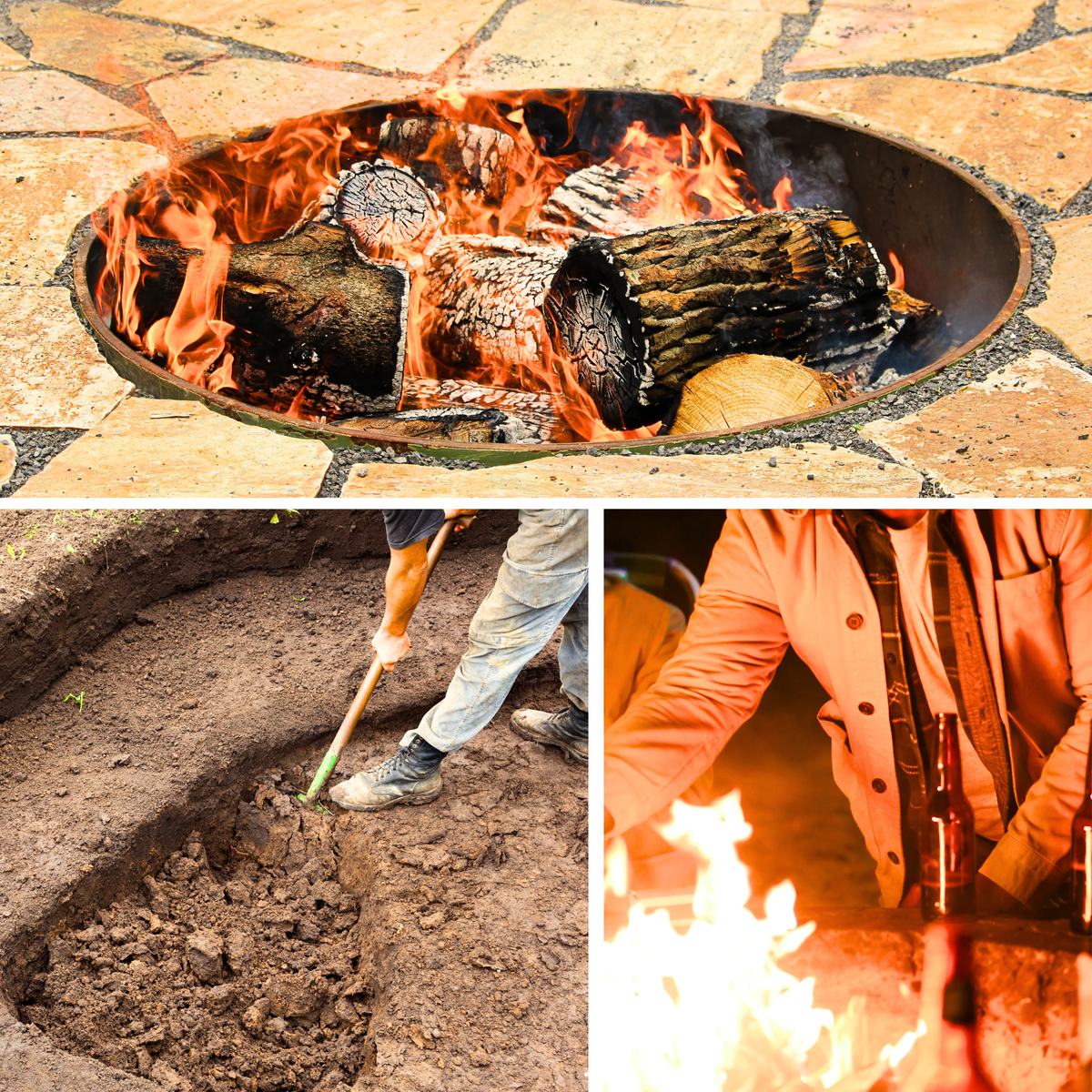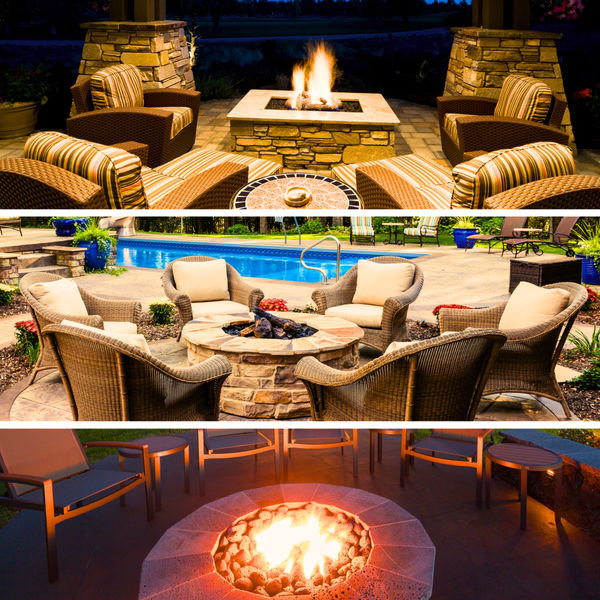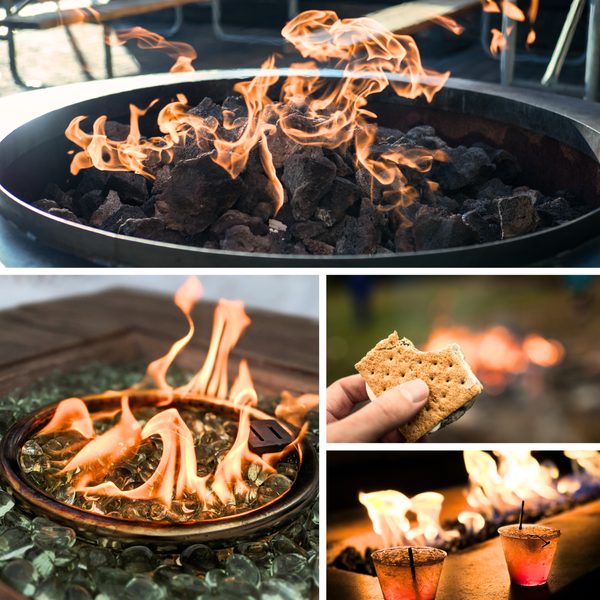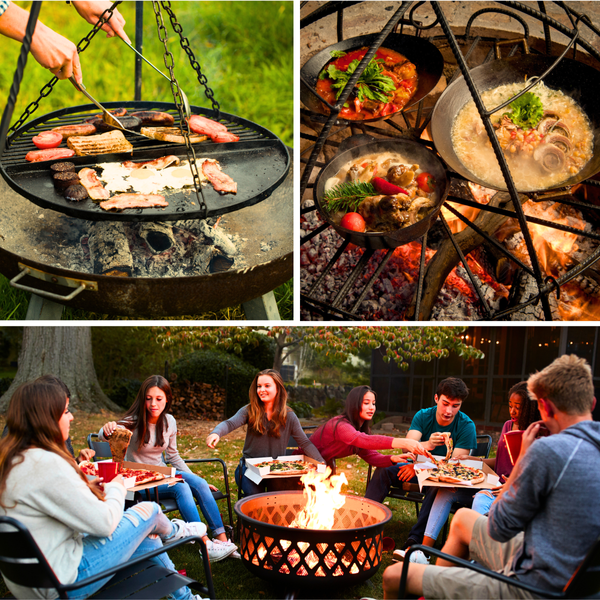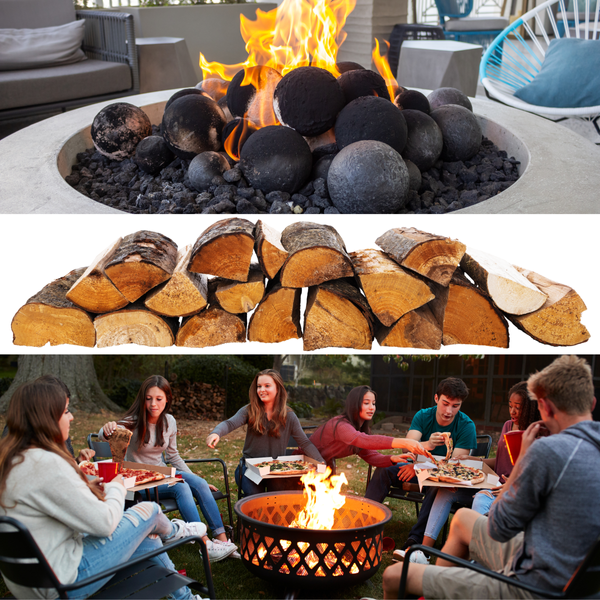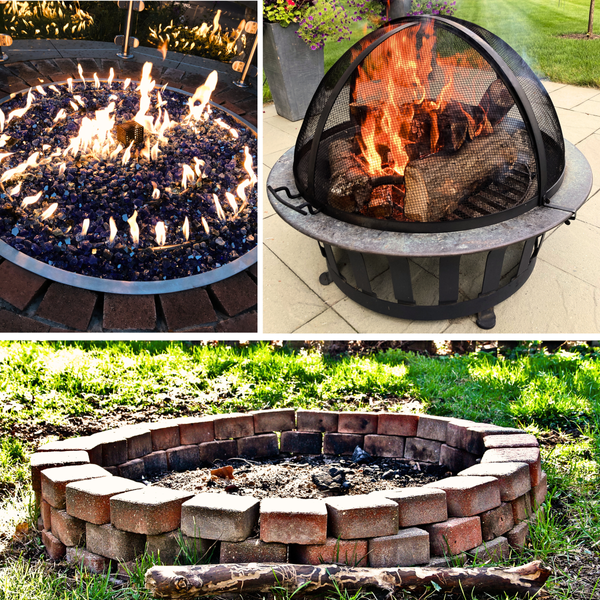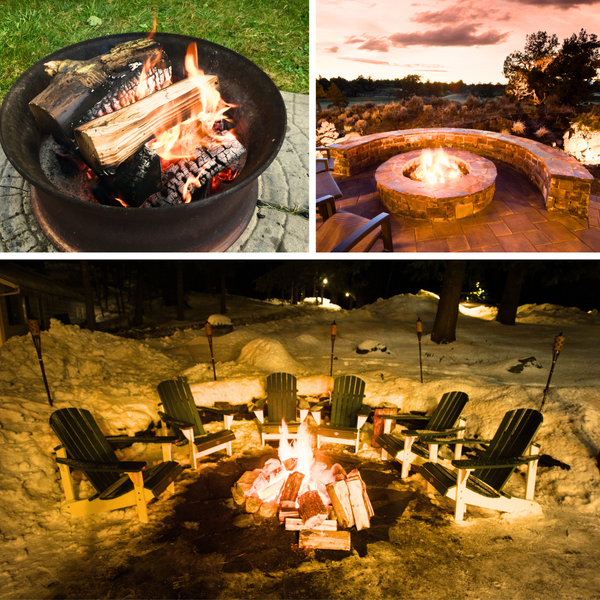Key Takeaways:
- Understanding local laws and safety guidelines is crucial before digging a fire pit.
- Proper planning and selection of location, materials, and dimensions are essential for a successful in-ground fire pit.
- Regular maintenance and correct usage ensure a safe and enjoyable fire pit experience.
Fire pits have become a staple in many backyards, offering a cozy spot for friends and family to gather, share stories, and enjoy watching the flickering flames. If you're considering adding a fire pit to your outdoor space, you might be wondering, "Can I just dig a hole for a fire pit?" The answer is yes, but there's more to it than just digging. This article will guide you through the process of creating a safe and enjoyable in-ground fire pit.
Understanding Local Laws and Regulations
Before you grab your shovel and start digging, it's imperative to be aware of the local laws and regulations regarding fire pits. Some areas have specific codes that dictate the size, location, and type of fire pits allowed. It's essential to have these rules carefully reviewed to avoid fines or, worse, dangerous situations. Contacting local authorities or a professional landscaper can provide you with the necessary information.
Choosing the Perfect Location
Selecting the right location for your fire pit is crucial. You'll want to find a flat, open space that's at least 10-20 feet away from structures, trees, and anything flammable. The location should also be sheltered from the wind to minimize smoke and prevent embers from spreading. Consider the direction of the prevailing winds in your area and the position of your seating area for optimal comfort.
Planning Your Fire Pit Design
Once you've decided on the location, it's time to plan the design of your new fire pit. The size and shape are up to you, but a common diameter for a circular pit is around 36 to 44 inches. This provides ample space for a wood fire without being too large to manage. For the depth, aim for about 6 to 12 inches to contain the coals and embers effectively.
Selecting the Right Materials
The materials you choose for your in-ground fire pit are not only a matter of aesthetics but also of safety and durability. Stones, bricks, or concrete blocks are great options for lining the sides of the pit. These materials can handle the high temperatures and provide a sturdy barrier between the fire and the surrounding dirt.
Digging Your Fire Pit
With your plan in place, it's time to start digging. Using the right tools, such as a shovel and a pickaxe, dig out the top layer of grass and set it aside. You can use this sod to repair any areas of your yard later. Continue to dig to the desired depth, ensuring the bottom of the pit is flat and even. Remove any large rocks or roots that could pose a hazard.
Lining the Bottom of the Pit
After digging, line the bottom of the pit with a layer of sand or gravel. This helps with drainage and prevents the fire from directly contacting the soil, which could make it more difficult to light or maintain. A few inches of sand or gravel should suffice.
Integrating Fire Pit Aesthetics with Your Landscape
Creating an in-ground fire pit that complements your backyard's aesthetic is not only about utility but also about enhancing the overall ambiance. When deciding on the design, consider how the fire pit will blend with the existing landscape. A stone fire pit can serve as a natural extension of a stone patio, creating a seamless transition from home to campfire. The choice of stone should resonate with the textures and colors found in your garden or back yard, ensuring that the firepit becomes an integral part of your outdoor living space.
Incorporating elements like lighting around the fire pit area can elevate the mood and functionality of your campsite. Soft, ambient lighting can make the space inviting, extending the usability of your backyard fire pit well into the evening. Consider solar-powered lights or low-voltage landscape lighting to outline the path to your fire pit or to highlight nearby tree canopies. This thoughtful integration of lighting not only adds safety but also crafts a front porch charm, right in your back yard.
Fire Pit Seating: Crafting the Ultimate Gathering Spot
The allure of a fire pit is not just in the burning wood and the warmth it provides, but also in the camaraderie it fosters. To make your fire pit the ultimate gathering spot, focus on the seating arrangement. The first layer of seating should be a circle of chairs or benches that allows everyone to feel the heat without being too close to the edge of the pit. This setup encourages conversation and makes the fire pit a great option for entertaining guests or enjoying a quiet night under the stars.
For a more permanent solution, consider building a course of stone benches that match the firepit itself. This not only adds to the aesthetic but also ensures that seating is always available and properly positioned. Make sure there's enough room between the seating and the fire pit for safe movement, and consider adding outdoor cushions for extra comfort. Whether it's a lively family gathering or a peaceful retreat to the back yard, the right seating can turn any fire pit into the heart of your outdoor home.
Incorporating an In-Ground Fire Pit into Your Landscape
When deciding to lay the foundation for an in-ground fire pit, consider how it will blend with your existing landscape. An in-ground fire pit can be a seamless addition that looks as though it was always meant to be there. Think about the surrounding flora and how the pit's placement might affect it. Will it be a focal point or a subtle feature? Choose a spot that complements your garden's layout and enhances the natural flow of your outdoor space.
Incorporating an in-ground fire pit also means thinking about the practicalities of yard maintenance. Will the location you decide on interfere with any services, such as underground utilities or lawn care routines? It's essential to ensure that the pit's placement won't disrupt any existing services or make it difficult to maintain the rest of your landscape. A well-placed fire pit should add to the ambiance without becoming a hindrance to the upkeep of your outdoor haven.
The Art of Building a Fire: Logs, Kindling, and Techniques
Building a fire in your pit is more than just putting logs together and lighting a match. To create a burn that's both efficient and safe, start with the right kind of kindling. Small, dry sticks and leaves catch fire quickly and help the larger logs ignite. Arrange your logs in a stable structure that allows air to circulate—this could be a classic teepee or log cabin layout. The arrangement of logs is crucial for a sustained burn and can influence how much heat is radiated.
Once your kindling is lit and the logs begin to burn, managing the fire becomes an art. Deciding when to add more logs and how to position them can affect the longevity and warmth of your fire. Remember, the goal is to enjoy a steady, controlled burn that provides comfort and ambiance. As you become more experienced, you'll learn the nuances of your particular fire pit and how to create the perfect fire for any occasion, whether it's a cozy night with family or a large gathering with friends.
Creating a Barrier with Stones or Bricks
To create a safe and durable fire pit, line the sides with stones or bricks. This not only adds to the aesthetic appeal but also provides a heat-resistant barrier. Ensure that the stones or bricks are securely placed and that there are no gaps where embers could escape.
Ensuring Proper Ventilation
Proper ventilation is key to a good fire pit. Smoke needs a way to escape, and oxygen needs to reach the fire. As you build your pit, leave gaps between the stones or use a metal ring insert with ventilation holes to ensure your fire burns cleanly and efficiently.
Making It Comfortable and Inviting
A fire pit is more than just a hole in the ground; it's a gathering place. Consider the comfort of your guests by adding seating around the pit. Benches, chairs, or even large stones can serve as seating. Make sure there's enough room to move around and that the seating is at a safe distance from the flames.
Safety First: Fire Pit Precautions
Safety should always be your top priority. Keep a bucket of water, a fire extinguisher, or a garden hose nearby in case of emergencies. Never leave the fire unattended, and ensure it's completely extinguished before calling it a night. Educate your family and friends about fire safety to ensure everyone can enjoy the fire pit without accidents.
Maintaining Your Fire Pit
Regular maintenance will keep your fire pit safe and functional for years to come. Remove ash and coals after each use, and check for any damage to the structure. If you used bricks or stones, inspect the mortar joints and repair them as needed to prevent collapse.
Personalizing Your Fire Pit
Make your fire pit your own by adding personal touches. You can paint the exterior of the bricks or stones, add decorative elements around the pit, or even create a themed area. Just remember to keep any flammable decorations at a safe distance from the fire.
Enjoying Your Fire Pit
With your in-ground fire pit complete, it's time to enjoy the fruits of your labor. Gather your friends and family for a night of storytelling, marshmallow roasting, or simply relaxing by the warm glow of the fire. A fire pit can transform your backyard into a year-round retreat for making memories.
Summary
Creating an in-ground fire pit is a rewarding project that enhances your outdoor living space. By following local laws, planning carefully, and using the right materials, you can build a safe and enjoyable fire pit. Remember to prioritize safety, maintain your pit regularly, and personalize it to suit your style. With these steps, you'll be ready to enjoy countless nights around the fire.
FAQ Section
Q: Do I need a permit to dig a fire pit in my backyard?
A: It depends on your local laws and regulations. Always check with your local government or a professional landscaper to determine if a permit is required for your area.
Q: What is the best material to use for lining an in-ground fire pit?
A: Stones, bricks, or concrete blocks are ideal for lining an in-ground fire pit. They are durable, heat-resistant, and can provide a safe barrier between the fire and the surrounding area.
Q: How deep should an in-ground fire pit be?
A: An in-ground fire pit should be about 6 to 12 inches deep. This depth is sufficient to contain the fire and prevent embers from escaping while still allowing for proper ventilation.



